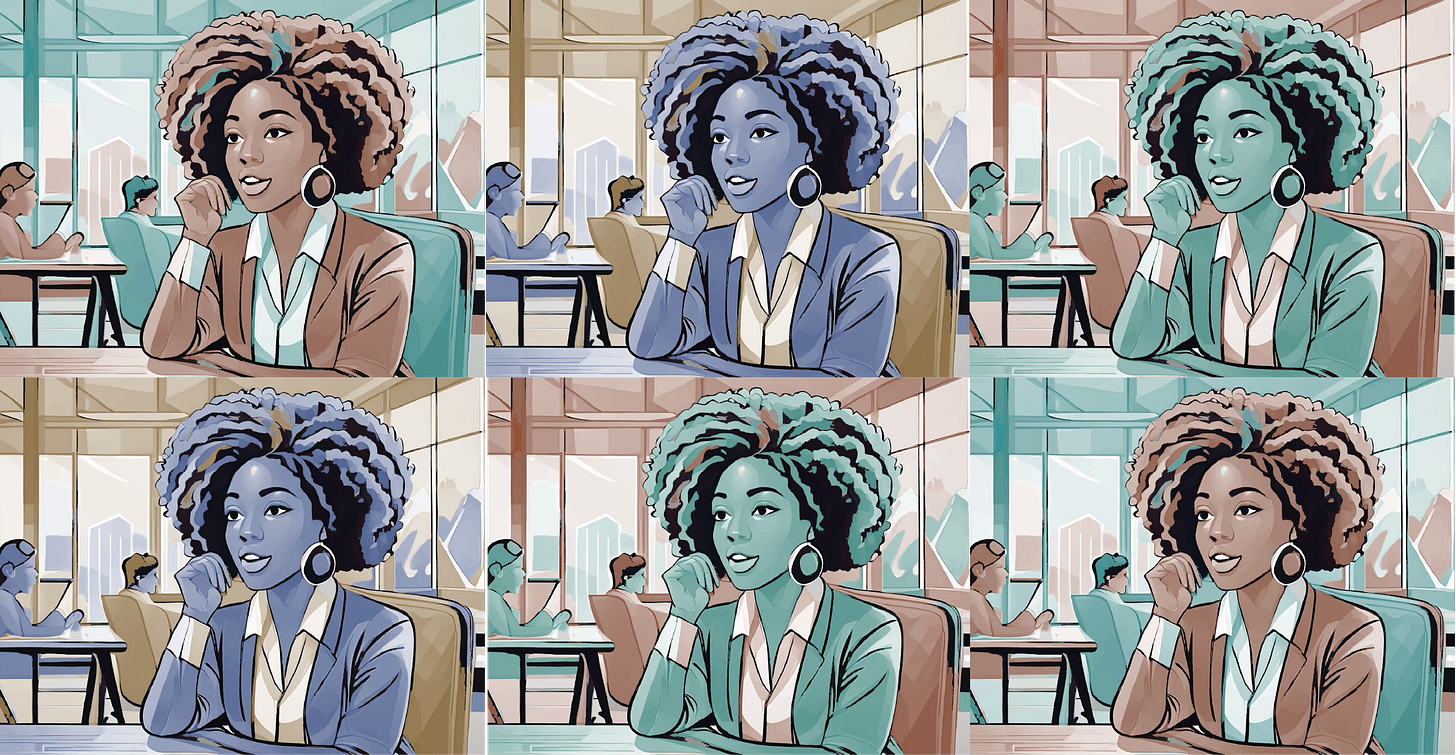Is it a good idea to repeat yourself?
When to repeat yourself, and when not; an elegant example of digital storytelling; enjoyable data visualisation tools; and what is a motif?
Does this following sentence make sense to you?
“James while John had had had had had had had had had had had a better effect on the teacher”.
That sentence repeats the word ‘had’ eleven times. Yet is still makes grammatical sense (we think).
If you don’t believe us, check out this Wikipedia page that describes the sentence, and how it is often used as an example of how adding punctuation to a sentence gives it meaning.
We’re citing it here though, for a different reason - as a light-heart reminder to understand the powerful role that repetition can play in your factual communications.
Repetition can negatively impact your message. Editing your content to avoid unnecessary repetition of ideas and words is one of the key skills you can use to improve your factual storytelling.
But repetition can, if used well, also enhance how you communicate.
It’s important you learn how to use signposting in your content, a form of repetition where you tell your audience what you are about to tell them, then tell them again.
See our lesson The Art Of Signposting.
Alliteration is another powerful technique you can use to create engaging content.
Alliteration is the repetition of the same letter sound across the start of several words in a line of text. It’s synchronising sounds in a sentence. And it helps when crafting compelling content.
It’s often considered a poetic device. But factual content creators working in advertising and journalism, especially headline writers, love to use alliteration.
Why? Because Alliteration Attracts Attention!
It can also help add rhythm and flow to your content, adding to its pleasing, almost musical qualities.
Alliterations will also Make your Media More Memorable.
See our lesson Techniques For Creating Engaging Content.
Content that reads well tends to follow repeatable structures that you can learn, such as news, feature and opinion article structures.
How your content looks can be as important as what it says, and repetition is also a very powerful component of good design.
Visually impressive and easy to navigate and understand content consists of repeatable elements, such as logos, motifs, and design elements that continue throughout, giving your communications an identity and coherence that impacts audiences.
Elegant digital storytelling
We like to promote original factual storytelling, and a great example we can all learn something from is the web interactive “This is a teenager”, published on the digital publication The Pudding.
It takes the form of a scrolling web page, telling the factual story of how childhood trauma can drastically affect the outcomes and prospects of young people.
Be informed by what it says, but also pay attention to how it says it. And see if it can somehow inspire aspects of your own storytelling. Many companies, corporations and even media companies and publishers could learn from this animation a thing of two about how to tell their own story.
The story makes particularly good use of data, and using elegant animations to communicate numbers and weave them into a narrative.
It’s compelling. Being original, elegant, simple to understand, yet effective and impactful. Traits shared by most good factual storytelling.
Enjoyable data visualisation tools
Speaking of data - also check out this impressive article about the most enjoyable tools you can use to visualise data. That’s an important facet of factual storytelling, and it’s important you are comfortable with the tools you work with.
The article was created and published by Ihar Yanouski, a data visualization designer and developer who helps media, think tanks and businesses to communicate data in a clear, visual way. Maybe consider hiring them to help with your work.
Microsoft Powerpoint, Adobe Illustrator and Figma are the visualisation tools most people found enjoyable to use when creating Graphics.
Tableau, Microsoft Power BI and Flourish are preferred when generating Charts.
And Microsoft Excel and Google Sheets when visualising Data.
You’ll find further insights about other data visualisation tools, including those preferred to make Maps and visualise Code.
Also see our lesson Embrace Visual Storytelling.
Why are motifs important?
What is a motif, and help can they help you tell your story?
Earlier we referenced the use of motifs in effective factual storytelling, and how they can help you better communicate.
Many people aren’t clear on what a motif is, or how or when to use them. So we thought we’d offer a little reminder.
Motifs are visual elements that keep reappearing within your content. Motifs can take almost any form. They could be something simple, such as a repeating shape or colour. Subtle, such as a repeating use of circles in a presentation design. Complex, such as the intentional use of asymmetric design. Or more obvious, such as a brash, boldly-coloured swoosh used on pages and video transitions.
Your factual story should focus on, promote and reinforce a single main message, that is your story’s key point.
Similarly, logos and particularly motifs help provide your content with a singular visual feel, reminding your audience of your content’s visual identity.
Audiences are also likely to remember logos and motifs, and therefore recall aspects of your story that used them.





